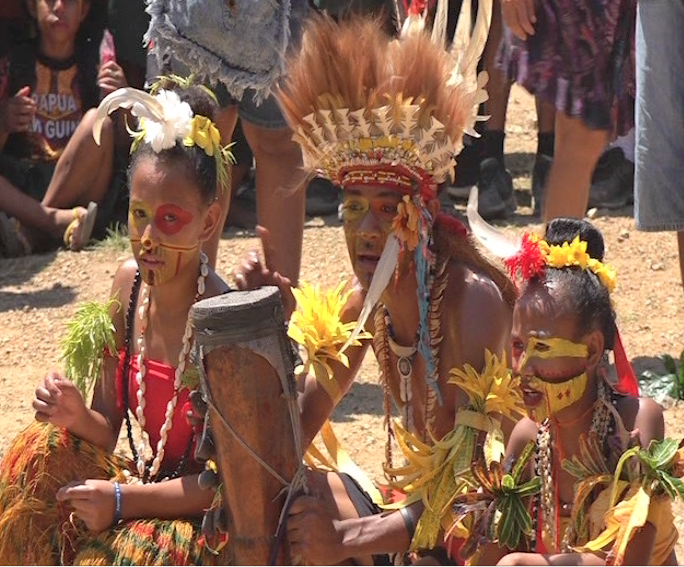International Mother Language Day, falls on the 21 st of February.
Approved in 1999 by the United Nations Educational, Scientific and
Cultural Organization (UNESCO) General Conference, the 21 st of
February marks the event.
The idea behind this initiative was to emphasize on and embrace the
importance of cultural and linguistic diversity, especially for sustaining
societies. “Multilingual and multicultural societies exist through their
languages which transmit and preserve traditional knowledge and
cultures in a sustainable way”, UNESCO found.
A setting as Papua New Guinea’s can closely relate to such concept for
800 plus obvious reasons.
Prime Minister James Marape expressed this in June of 2022, when he
said at the launching of the first ever Cultural Policy for PNG that,“our
nation’s heartbeat is our culture”.
“The expressions of our culture provide us with our undeniable identity
as Papua New Guineans”, he added.
Papua New Guinea is a country well known as culturally diverse,
language being a leading determinant in this category.
With the changes overtime however, one might wonder where we as a
country stand in this regard.
When asked if she knew her language, legal officer with the State Public
Solicitor, Bonaventura Talingapua, 24 from West New Britain and New
Ireland Province gave a slight laugh and said she knew a bit of both her
parents’ language, especially how to say common phrases like “Good
Morning”.She is positive she knows the Unea language from Bali, West
New Britain more than the other. However, she said her parents had not
taught her that, rather, she had picked it up in passing like during her
parents’ phone conversations to their families in the village.
Engaged with BSP’s cyber security and risk governance, 27 year old
Zephaniah Mosoro’s case is slightly different. Hailing from Meriek,
Wewak in the East Sepik Province, Zephaniah mainly grew up in
Western Highlands Province. When asked if he knew his mother tongue,
he replied he could speak a little of bit of it and a bit of the Western
Highlands Medlpa language. He jokingly admitted he was probably more
Mt. Hagen than East Sepik.
Like many of the young people their age, both Bonaventura and
Zephaniah, currently residing in Port Moresby, mostly grew up away
from their home province, hence languages Tok Pisin and English were
primary.
Self-Employed, 50-year-old, Richard Taurega is another story all
together. Hailing from Milne Bay, Trobriand Island, Richard said he
learnt the Kiriwina language growing up as a kid in his home place.
Being raised in the village he said their language was a way to be
closely related to family and uphold the culture and tradition.
An unfortunate issue that can be identified overtime, especially in
culturally tied societies is that Linguistic diversity is being threatened in
the passing years as more and more languages disappear, not having
been taught to the ongoing generations.
Moving forward, beyond a day set aside to embrace this vital part of our
cultural identity, we as a society have to come up with initiatives and
practices that hang on to our mother tongues as we adapt to the current
atmosphere.
A upside to this regard is that, the innovations and designs we are
exposed to today, can better enable such to take place.


